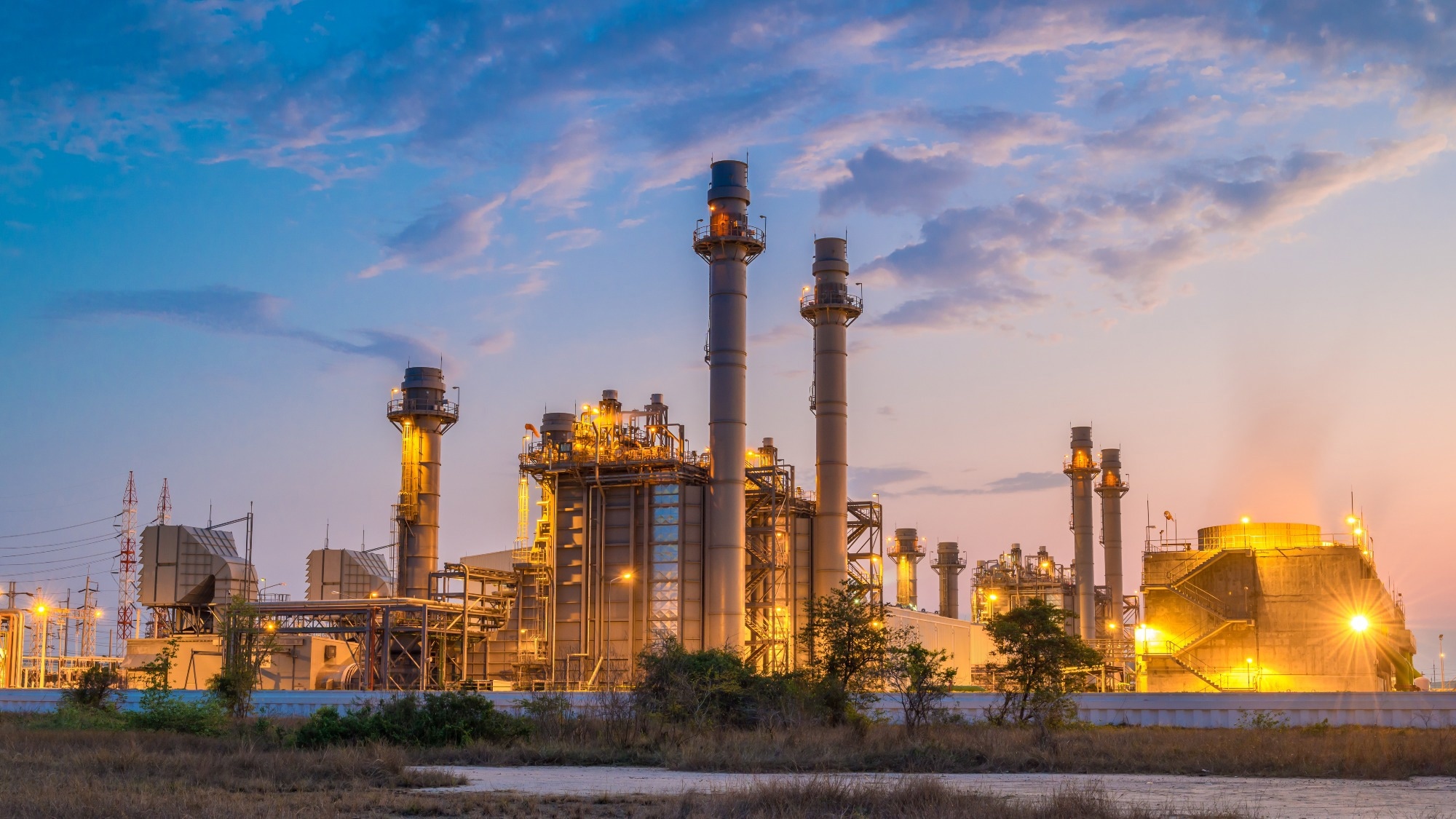The chemical industry is considered to be one of the largest consumers of oil and gas. As such, reducing the scale of greenhouse gas emissions, in particular CO2, is a high priority for the chemical industry.

Image Credit: Ha-nu-man/Shutterstock.com
Moreover, developing general mitigation strategies for carbon dioxide release and finding ways to capture what is the most abundant greenhouse gas is crucial in order to move closer to achieving current net-zero targets by 2050.
Researchers at Northwestern University (NU) have been working in collaboration with international partners to find ways to capture carbon and produce acetic acid out of carbon monoxide.
Recently, the team published their findings revealing an innovative breakthrough in the form of a novel catalyst developed in the NU laboratory of Professor Ted Sargent. This discovery could generate greater interest in carbon capture and storage technology in chemical production processes.
Carbon capture is feasible today from a technical point of view, but not yet from an economic point of view…By using electrochemistry to convert captured carbon into products with established markets, we provide new pathways to improving these economics, as well as a more sustainable source for the industrial chemicals that we still need.
Professor Ted Sargent, Northwestern University
Acetic Acid: A Household Product
Most people will be familiar with acetic as it is one of the main ingredients in household vinegar, but this only makes up a small portion of its usage. As a byproduct of fermentation processes, acetic acid is used in various contexts, including medical applications, as a photographic chemical, in ester production, in cleaning products, inks, paints, etc., and as a solvent.
Acetic acid in vinegar needs to come from biological sources via fermentation because it’s consumed by humans… But about 90% of the acetic acid market is for feedstock in the manufacture of paints, coatings, adhesives and other products. Production at this scale is primarily derived from methanol, which comes from fossil fuels.
Joshua Wicks, Department of Electrical and Computer Engineering, University of Toronto
The NU team revealed that during conventional acetic acid production processes, each kilogram produced from methanol releases 1.6 kg of CO2 into the atmosphere.1 With a wide variety of useful applications and a hefty annual market value, ensuring climate-compatible acetic acid production should be a priority.
The Challenges of Alternative Two-Step Processes
Alternative production methods of acetic acid require a two-step process: firstly, captured CO2 is introduced into an electrolyzer, where it is passed through and reacts with water and electrons to generate gaseous carbon monoxide (CO).
CO gas is then introduced to a second electrolyzer with an additional catalyst, which is then transformed into a variety of different molecules containing two or more carbon atoms. The real challenge faced in this two-step process is selectivity.
Most of the catalysts used for this second step facilitate multiple simultaneous reactions, which leads to a mix of different two-carbon products that can be hard to separate and purify. What we tried to do here was set up conditions that favor one product above all others.
Joshua Wicks, Department of Electrical and Computer Engineering, University of Toronto
To address this problem, the team demonstrated that, compared to other conventional catalysts, considerably reducing the amount of copper (to around 1%) in the novel catalyst favors the production of acetic acid.
The team also showed that by increasing the pressure (up to 10 atmospheres), they could break efficiency records. The team claims that the faradic efficiency was 91%.1 In simple terms, this means that 91 of 100 electrons being passed through the electrolyzers are part of the desired final product, i.e., acetic acid.
As well as exceptional levels of efficiency and effectiveness, the team also demonstrated that the novel catalyst is extremely stable and remains functional after prolonged terms of use.
While some of the approaches the team applied may seem idiosyncratic and against the industry standard, they show how creative innovation can lead to improvements in the chemical industry making it more climate compatible.
At some point, we’re going to have to decarbonize all the elements of chemical industry, so the more different pathways we have to useful products, whether it’s ethanol, propylene or acetic acid, the better.
Joshua Wicks, Department of Electrical and Computer Engineering, University of Toronto
The full results and discussion of the work have been recently published in the journal Nature.
References and Further Reading
- Reynolds, W. (2023) New catalyst transforms carbon dioxide into sustainable byproduct, For Journalists - Northwestern University. Available at: https://news.northwestern.edu/stories/2023/05/catalyst-transforms-carbon-dioxide/?fj=1
- Jin, J. et al. (2023) “Constrained C2 adsorbate orientation enables co-to-acetate electroreduction,” Nature [Preprint]. Available at: https://doi.org/10.1038/s41586-023-05918-8
Disclaimer: The views expressed here are those of the author expressed in their private capacity and do not necessarily represent the views of AZoM.com Limited T/A AZoNetwork the owner and operator of this website. This disclaimer forms part of the Terms and conditions of use of this website.